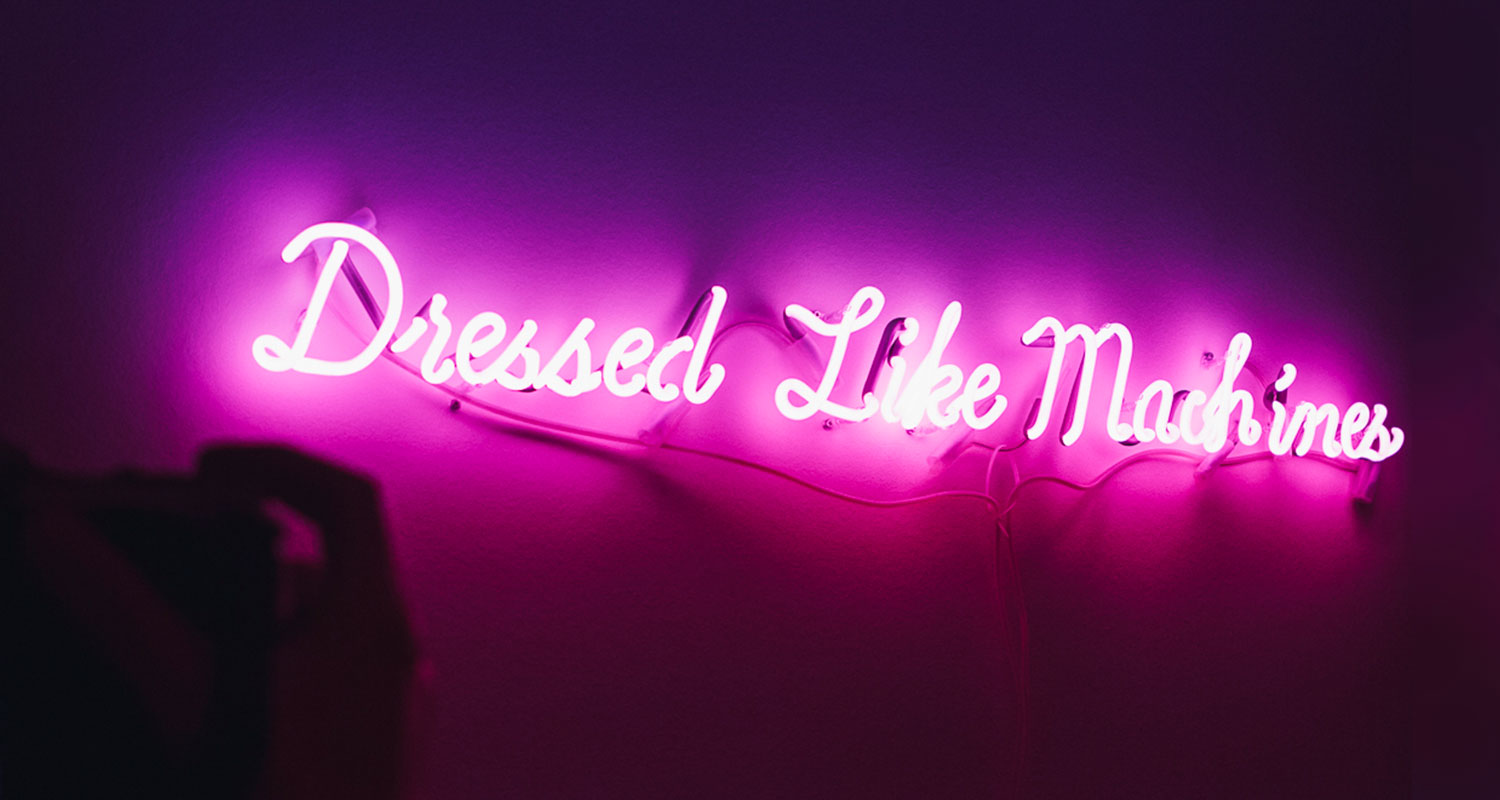Ever since Napster was launched in 1999 and the first iPod went on sale in 2001, physical music formats have been on the decline. Almost immediately, people began ripping their CDs into more portable and shareable audio files. The iTunes Store soon presented an easy way to buy new digital music in 2003.
The growing popularity of music streaming has only accelerated this process. But one physical music storage medium managed to buck the trend: Vinyl. Whereas many people are only too happy to give up their CD collections for the convenience of music streaming, the market for vinyl records continues to grow. In fact, vinyl is the only physical music format to experience a steady growth in sales. This is, admittedly, from a much smaller base, but many naysayers who thought the record revival was a short-lived fad have been proven wrong. Sales in the United States grew by 30 percent in 2015 alone. In 2016, vinyl sales reached a 25-year high.
[product id=”26075,26077,27522″]
Record Store Day: How it all began
Record Store Day was conceived in 2007 by small record store owners and vinyl fans who wanted to encourage the revival of records. The first Record Store Day took place on April 19th 2008 and has since grown into a significant international event. The occasion encourages many artists and record labels to release new work or reissue old favorites on vinyl, and many of these albums are only available at independent record stores, the small local businesses Record Store Day seeks to support. Thanks to its success, record pressing plants have been busier than ever to meet demand.
Vinyl’s great comeback: More than just a passing trend
Given the longevity of vinyl’s revival, there must be more to it that just hype. And indeed, there are many aspects of records that encourage a deeper appreciation of music. For one, there’s something very pleasant about holding a record in your hands, turning it over and admiring the cover art and liner notes. Holding a CD, with its instantly breakable jewel case and smaller format, just isn’t the same. And unlike CDs, cassettes or the information and art work made available by streaming services, records give listeners a sense of connection to a beloved song or artist.
In addition to a greater sense of intimacy, the allure of records can be at least partially attributed to nostalgia. In an era where everything is instantly available at the tap of our fingers, there’s something about the act of taking out a record and putting it on the turntable that harkens back to slower, simpler times. The ritual evokes images of cozy interiors adorned with shag rugs, earth tones and wildly patterned curtains where the occupants took the time to unwind with a record on the hi-fi and a glass of chianti. There’s something so adult about it, so sophisticated. There’s something about it that says, “I’ve arrived. This is what I work for — this moment.”
Not your grandmother’s record collection
However rooted the love of vinyl may be in the dream of a bygone era, there’s no denying that the medium has adapted to the present times. New artists regularly offer their albums in digital form as CDs, downloads and records. For an overview of some of the new vinyl releases scheduled for Record Store Day 2017, check out:
Unlike downloads which can be released in infinite numbers and which are identical copies of each other, many records released on Record Store Day are limited editions. This means that if you don’t get to your local record store fast enough, the record you want might be gone and you’ll just have to trawl Ebay for the next few months hoping someone offers it at a reasonable price.
The look of vinyl today has also kept pace with the times. The physical beauty and individuality of each physical record has become a major part of today’s vinyl culture. The following are some standard variations:
- Colored vinyl: This is not your grandmother’s Sinatra record. Many albums today come in a wide range of colors which help unite the object with the cover art and musical themes. After all, why shouldn’t this large spinning disc be as lovely as the sound it makes?
- Glow in the dark: That’s right, the album glows, although we should confess that this trend is not all that new. Kraftwerk released a 12” single in 1978 on glow-in-the-dark plastic.
- Splatter vinyl: This is vinyl in which some object has been placed into the wax before pressing. Just about anything can be included from colored beads to string and even, for those die-hard fans, the artist’s blood (giving “I put my blood sweat and tears into this,” a whole new and very literal meaning). The placement of spatter objects is often done by hand and ensures a one-of-a kind object.
- Picture disc: Vinyl records covered with images on both sides instead of the traditional black. The groves of the record are embedded directly onto the surface of the image.
Other neat tricks include holograms, unusual disk shapes and records filled with liquids like colorful oils that change their patterns when the record spins.
Additionally, new vinyl makes full use of the LP cover to display some wonderfully creative album art. One of the biggest sacrifices for the convenience of streaming has been the loss of this pop art form. Granted, streaming apps will still show a picture of each album, but it’s generally a small thumbnail — too small to study and absorb. With the return of the record, album art is back!
Vinyl and digital today: A happy co-existence
Today, records and music streamingOpens in new tab peacefully coexist among music lovers. More and more loudspeaker manufacturers are taking this into consideration by ensuring that their systems are able to play back a wide variety of source material including records, CDs, digital music collections and streaming services. For those who love music, these are good times to live in.
Title picture: Property of Teufel Audio





Leave a Reply